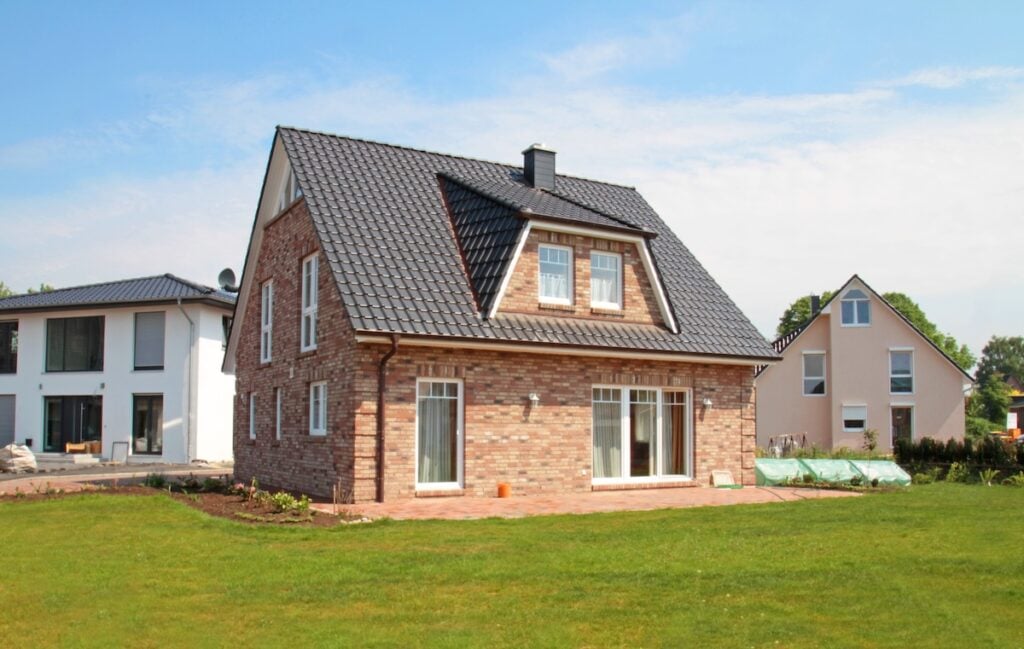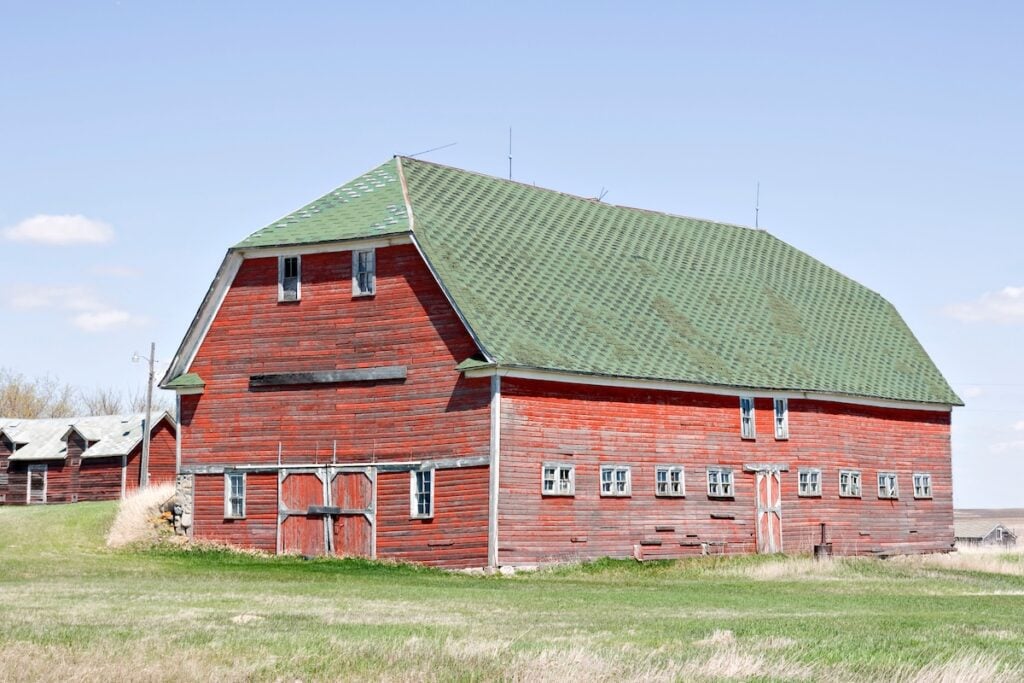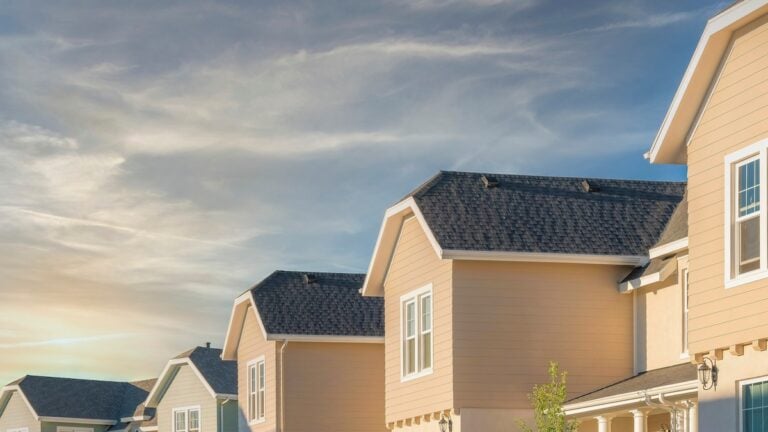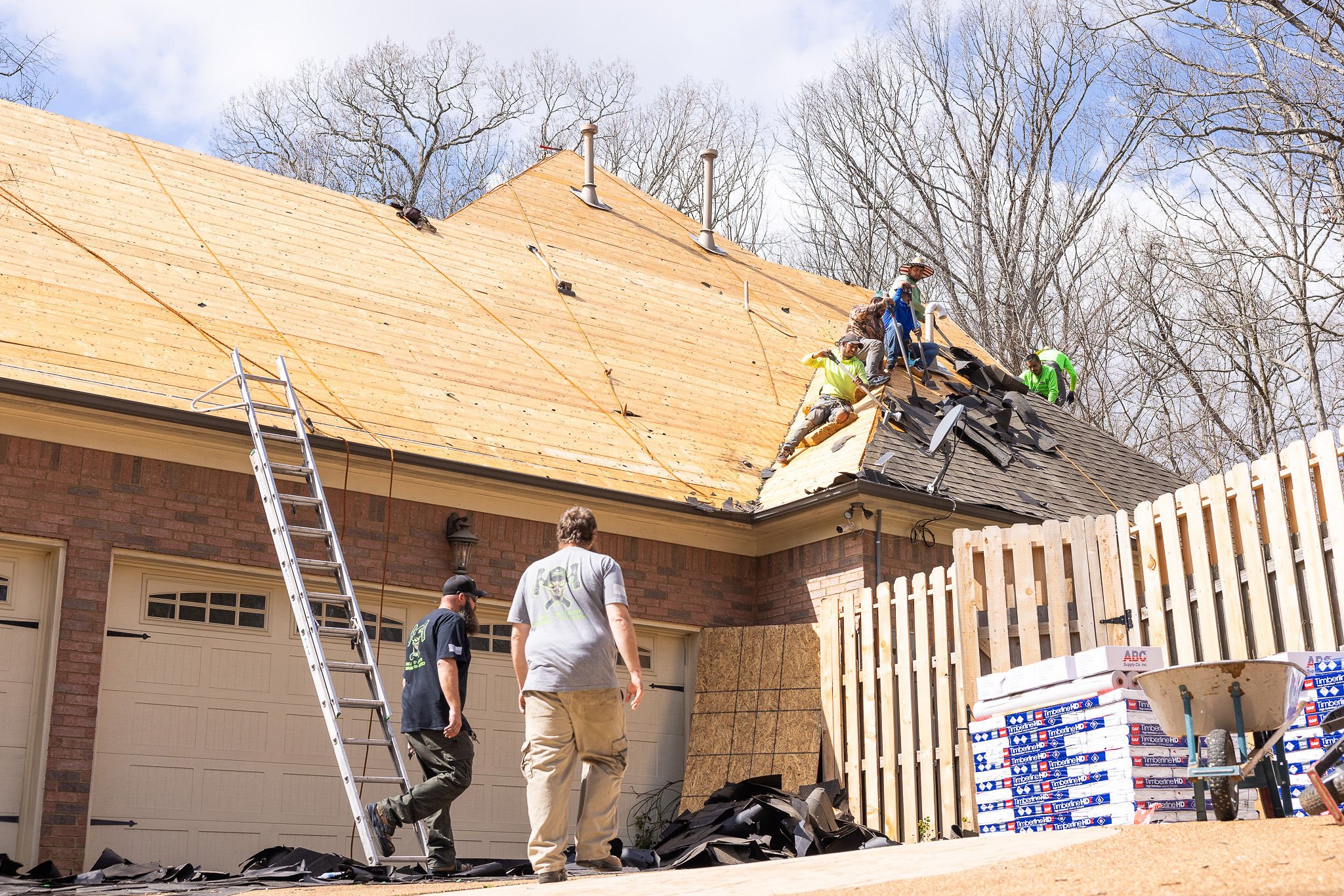If you’re considering a new roof or exploring different architectural styles for your home, you’ve likely come across various roof designs. One distinctive option that combines both beauty and functionality is the jerkinhead roof. This unique roofing style offers homeowners an attractive alternative that stands out from traditional designs while providing excellent structural benefits.
Understanding your roofing options is crucial when planning any home construction or renovation project.
This comprehensive guide will cover:
- What makes jerkinhead roofs unique and appealing
- Key architectural features and design elements
- Benefits of choosing this distinctive roofing style
- Step-by-step considerations for installation
- Important factors to evaluate before making your decision
🏠 Why Jerkinhead Roofs Matter for Your Home

Choosing the right roof style significantly impacts your home’s appearance, structural integrity, and long-term value. Jerkinhead roofs offer a perfect balance between traditional gabled roofs and hip roofs, creating a distinctive architectural statement that enhances curb appeal.
The jerkinhead design provides several key advantages that make it an attractive option for discerning homeowners:
- Enhanced Weather Resistance: The clipped corners reduce wind uplift and provide better storm protection
- Improved Structural Stability: The design distributes weight more evenly across the roof structure
- Distinctive Aesthetic Appeal: Creates visual interest while maintaining classic architectural proportions
- Increased Attic Space: Offers more usable interior space compared to full hip roofs
- Better Drainage: The angled surfaces promote efficient water runoff
✅ 5 Essential Steps for Planning Your Jerkinhead Roof Installation
Planning a jerkinhead roof requires careful consideration of multiple factors. These steps will help ensure your project meets both your aesthetic goals and structural requirements.
1. Assess Your Home’s Architectural Compatibility
Before proceeding with a jerkinhead roof, it’s essential to evaluate how this unique roof style will align with your home’s architectural design. The jerkinhead roof—a combination of a gabled and hipped roof—adds a distinctive character but works better with some styles than others.
- Review Existing Home Design: The jerkinhead design is particularly suited to Colonial, Craftsman, and Tudor-style homes, as its clipped corners and balanced shape enhance their traditional aesthetics. For modern or minimalist homes, this roof style may look out of place.
- Proportions and Features: Analyze your home’s current proportions and architectural elements. The jerkinhead roof should enhance these features rather than create visual conflict. For instance, its angles can complement the symmetry of Colonial-style homes or the intricate woodwork of Craftsman designs.
- Integration with Other Elements: Consider how the new roof will interact with existing dormers, chimneys, and decorative elements. A poorly designed roof integration can detract from your home’s overall appearance. If necessary, consult an architect to ensure cohesive design.
2. Evaluate Structural Requirements and Load Capacity
Jerkinhead roofs have a unique design that impacts the way weight is distributed across the structure. This makes it crucial to evaluate your home’s current structural framework before installation.
- Structural Assessment: A structural engineer should inspect your home’s framing to determine whether it can handle the load patterns of a jerkinhead roof. The clipped corners create different stress points compared to a standard gable roof, and the additional angles may require enhanced support.
- Support and Reinforcement: If your home doesn’t already have the necessary load capacity, you’ll need to install extra beams or reinforcements. For older homes, this step is especially important to ensure safety and stability under potential loads like snow, ice, or heavy rain.
- Building Codes and Safety: Ensure the modifications adhere to local building codes. Some jurisdictions may have specific requirements for roofs with non-standard designs, which could influence the materials and reinforcements needed.
3. Select Appropriate Roofing Materials
The choice of roofing material is pivotal when it comes to both the aesthetics and functionality of your jerkinhead roof. The material you select will greatly affect how well the design performs over time and how it complements the overall look of your home.
- Asphalt Shingles: This cost-effective option is versatile and available in a wide range of colors, making it easy to match with your home’s style. Asphalt shingles are durable and can be replaced individually if damaged, which makes them a practical choice for jerkinhead roofs.
- Metal Roofing: For homeowners seeking enhanced durability and a sleek appearance, metal roofing is an excellent option. Its clean lines emphasize the distinctive angles of a jerkinhead roof, and it offers superior resistance to extreme weather conditions.
- Clay or Slate Tiles: For a more traditional or high-end look, clay or slate tiles are ideal. These materials are long-lasting and provide a timeless feel, but they are heavier and may require additional structural support.
- Energy Efficiency Considerations: If you live in a region with extreme temperatures, consider reflective or insulating roofing materials that improve your home’s energy efficiency while complementing the jerkinhead design.
4. Plan for Proper Drainage and Ventilation
A well-functioning drainage and ventilation system is essential for the longevity of a jerkinhead roof, as its unique angles and slopes create challenges for water management and airflow. Proactive planning can prevent issues like water pooling, leaks, or mold buildup.
- Water Management: The roof’s multiple angles and clipped corners mean water will flow differently than on standard roofs. Your gutter system should be designed to handle water runoff from these varied slopes. Consider installing larger gutters or additional downspouts to ensure proper drainage.
- Ventilation for Airflow: Adequate ridge and soffit ventilation is crucial to prevent moisture buildup inside the roof. Poor ventilation can lead to mold growth, rotting wood, or damage to insulation. Consult with a roofing expert to design a ventilation system that works effectively with the jerkinhead structure.
- Preventative Maintenance: Regularly inspect the roof for debris, especially in areas where slopes meet. These junctions are prone to water pooling and should be kept clear to avoid damage.
5. Budget for Professional Installation
Due to its complex design, a jerkinhead roof requires careful planning and skillful installation to ensure durability and functionality. Budgeting properly for professional work will save you time, money, and headaches in the long run.
- Choose Experienced Contractors: Not all roofing contractors are familiar with the intricacies of jerkinhead roof designs. Look for certified professionals who have experience with complex roof installations and can provide references or a portfolio of similar projects.
- Detailed Quotes: Obtain detailed cost estimates that include all aspects of the installation process, such as materials, labor, and additional structural reinforcements. Be sure the quotes account for specialized elements like flashing and trim work around the clipped corners.
- Long-Term Investment: While the upfront costs may be higher than those of simpler roof styles, a well-installed jerkinhead roof can improve your home’s curb appeal, increase property value, and offer long-lasting durability. Investing in professional installation ensures you get the most out of this unique design.
By carefully assessing your home’s architecture, structural needs, materials, drainage, and installation requirements, you can ensure a jerkinhead roof enhances your home’s aesthetics and performs efficiently for years to come.
⚡ Key Design Elements That Make Jerkinhead Roofs Special

Understanding the specific features that define jerkinhead roofs helps homeowners appreciate their unique characteristics. These design elements work together to create both functional and aesthetic benefits.
Clipped Gable Ends
The most distinctive feature of jerkinhead roofs is the clipped or “jerked” gable ends. Instead of coming to a sharp point like traditional gables, these corners are cut off at an angle, creating a small hip section.
Balanced Proportions
Jerkinhead roofs maintain the height and interior space benefits of gabled roofs while incorporating the stability advantages of hip roof elements. This creates visually balanced proportions that work well with many architectural styles.
Multiple Slope Angles
The design incorporates different slope angles within the same roof system. The main roof sections typically maintain standard pitch angles, while the clipped corners introduce additional slopes that add visual complexity.
Enhanced Structural Integration
The jerkinhead design allows for better integration with dormers, bay windows, and other architectural features. The varied angles provide multiple opportunities for creative design elements.
🎯 Make the Right Choice for Your Home
Jerkinhead roofs offer homeowners a distinctive way to enhance their home’s architectural character while providing excellent functional benefits. The unique design combines the best features of gabled and hip roofs, creating an attractive and durable roofing solution.
When considering this roofing style, remember that proper planning and professional installation are essential for achieving optimal results. The complex angles and specialized requirements make working with experienced roofing professionals crucial.
Ready to explore whether a jerkinhead roof is right for your home? Contact Summit Roofing & Restoration today for a free consultation. Our experienced team will assess your home’s specific needs and help you determine the best roofing solution for your project. Schedule your free inspection now and discover how we can transform your home with expert roofing services.


